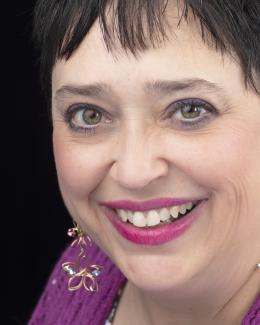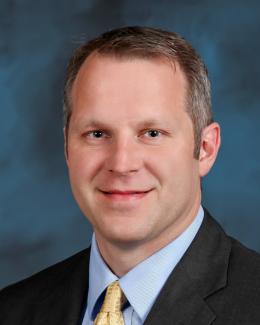Brian Egle loves the variety of work he can tackle in the Stable Isotope Research, Development, and Production Section in the Enrichment Science Research and Engineering Division.
One day, his team’s work might be enabling a basic science experiment, another day on a high-energy physics experiment. And the research has the potential to positively impact society in several areas — nuclear medicine and national security, for example.
“It’s really fun and really engaging to get to ask yourself, ‘What do you want to work on today?’” Egle said, a new section head in the newly formed Isotope Science and Engineering Directorate. “I believe in the mission, and there are great people here to work with.”
Twenty years ago, Egle was a manufacturing engineer, “very happily building windows” for a national company, when he became interested in renewable energy. That interest was strong enough that he ultimately obtained a doctoral degree from the University of Wisconsin-Madison’s Fusion Technology Institute. He came to ORNL in 2010 as a Weinberg Fellow and eventually a senior research.
He’s since been group leader for the Isotope Development Group that eventually split into two groups. He also received the DOE Office Science Appreciation Award for the enrichment of ruthenium-96 and the first US stable isotope enrichment since 1998.
“The isotope program has really grown in the last 10 years,” Egle said. “There was no enrichment happening; it was more of a stewardship program.”
His vision as section leader is to realize the potential of both the program and the team already assembled for it, deliver on current projects, expand current technology and add new technology — and with it, new opportunities to grow the use of enrichment and stable isotopes.
“We want to solidify the place we have, and build from there,” he said.
Part of that involves finding ways to give the work force flexibility to commit to specific projects, spending time with other experts who can expose them to new ideas and knowledge.
“The power of ORNL is our diversity of disciplines and our ability to attract top talent from across the world,” Egle said. “The most interesting and revolutionary scientific solutions lie at the intersections of multiple subject areas. The most impactful teams find ways to harness the broad expertise of the Lab while maintaining a focus on the mission at hand.”





